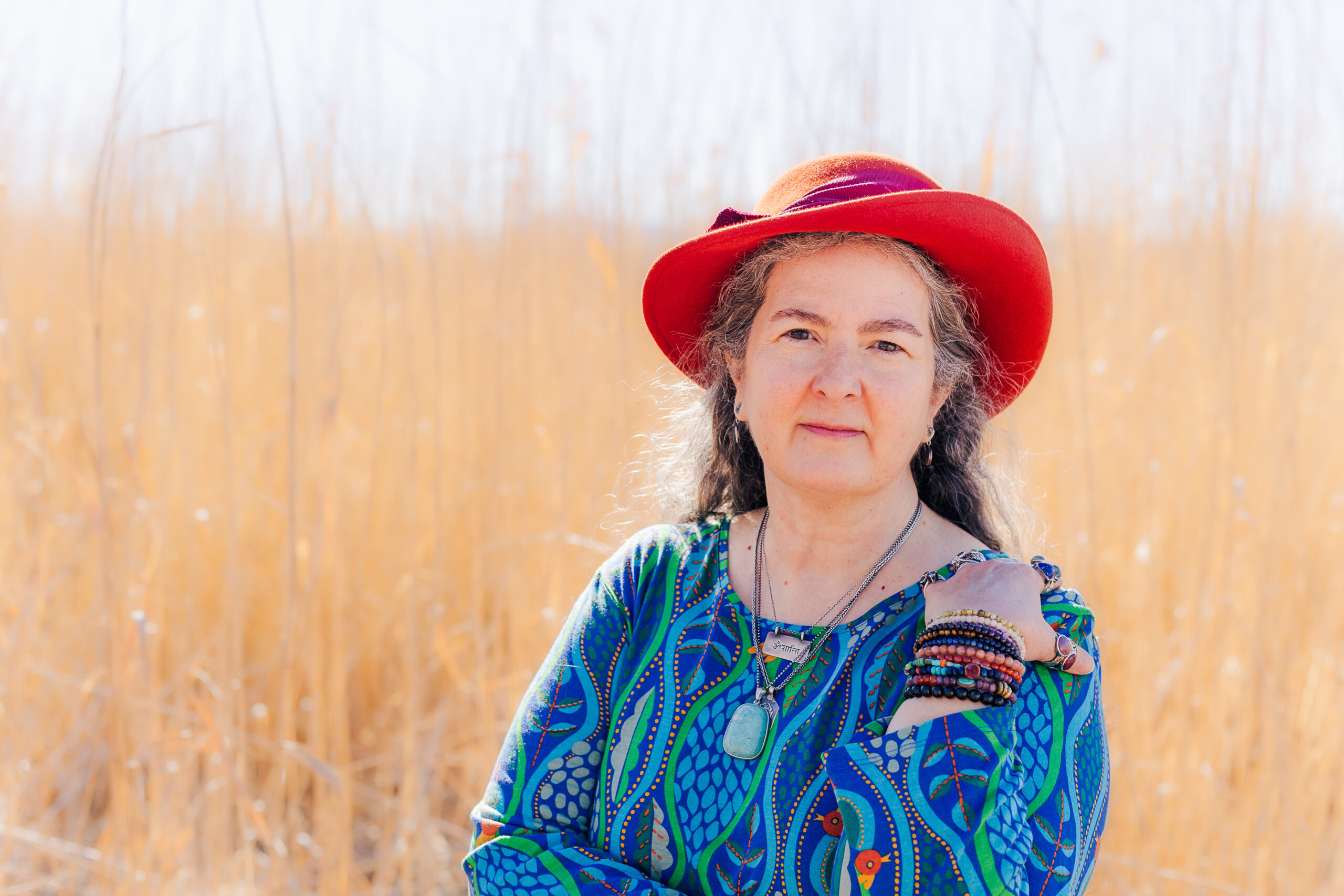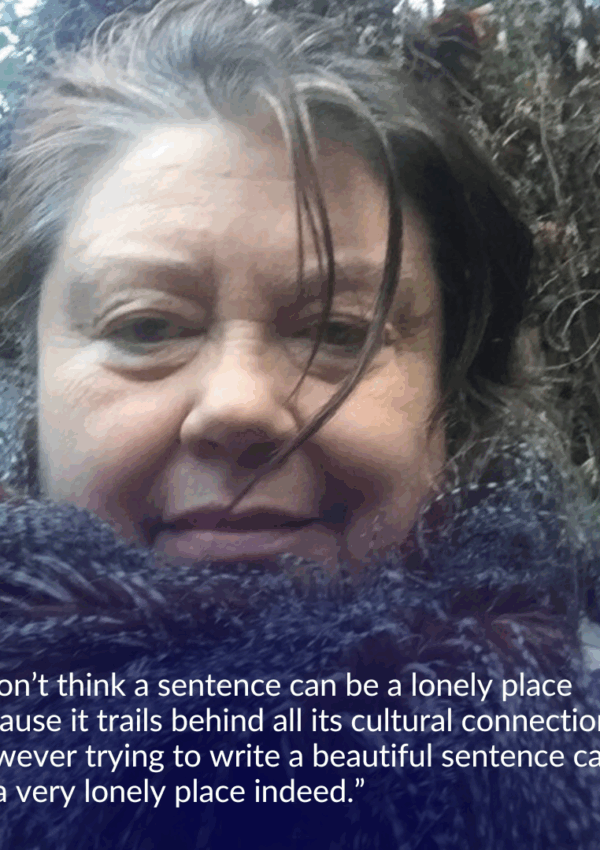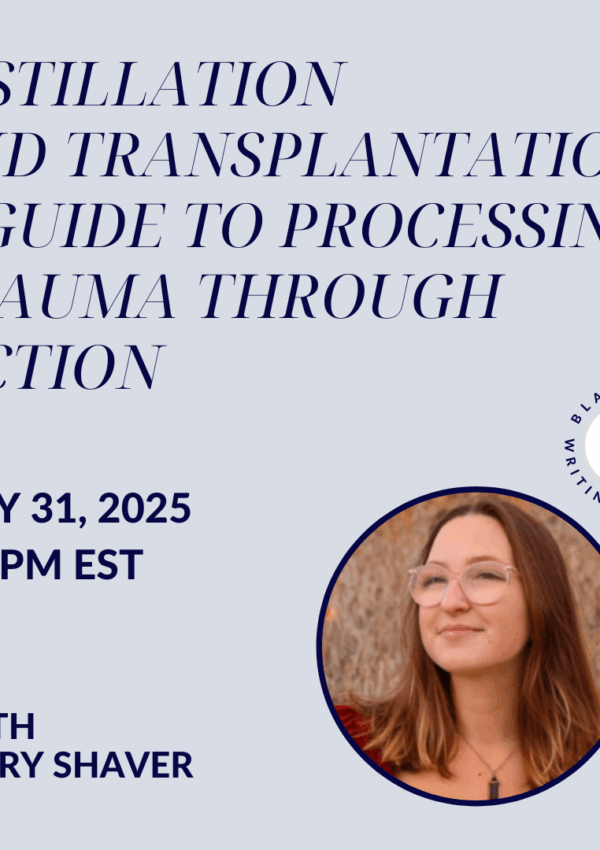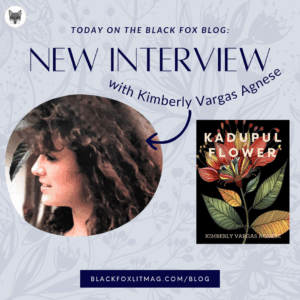A resident of the West for most of her adult life, DeAnna Beachley has grown to love the Mojave Desert and the Colorado River Basin. She is a bird watcher, hiker, teacher, historian, poet, and essayist. Her poetry and essays have appeared in Red Rock Review, Sandstone & Silver, The Nature of Our Times, Thimble, Slant, Blue Earth Review, Gyroscope, Liminal Spaces, Remington Review, Anatomy of an Essay, Awakenings: Stories of Bodies and Consciousness, and Wild Roof Journal. The Long View is her debut chapbook.

Heather Lang-Cassera: DeAnna, it was such a pleasure to write a blurb for the back of your poetry chapbook, The Long View. Thank you for the incredible honor. As previously mentioned, your juxtapositions are both lovely and heart wrenching, allowing us to see, with fresher eyes, our world which exists beneath a “sun blunted by / wildfire smoke.” Like me, you live in Southern Nevada, a place that can be harsh yet beautiful, has ghost towns and the city of Las Vegas, brims with glittering lights and is surrounded by the stark expanse of the Mojave Desert. On that note, could you talk a little about the role of juxtaposition in your poetry?
DeAnna Beachley: When I first started seriously writing poetry, juxtapositions came naturally. Then I learned more about it in a workshop with Julia Connor and became more intentional in using it. Perhaps it comes from my training as a historian, where you look at events from different lenses, points of view, and short and long-term consequences. I have often used history as a bridge between my role as a poet and a historian. My first book (unpublished), On the Line, poetically tells the story of the National Women’s Party picketing of the vote in 1917. The story unfolds in different voices over the course of that year, using a variety of primary sources to inform the poems, and the past collides with the present. My poems in The Long View look at the Mojave to capture the longer lens of the history of this place. The landscape here is a juxtaposition, rain shadow and virga (rain that evaporates before it reaches the ground) happens in the Las Vegas area. The promise of rain and the promise of a quick fortune with one play on a slot machine.
HLC: On a similar note, could you please tell us a little about your poetic processes? For example, in writing Firefall, I sometimes leaned into the craft of poetics to get started. I wanted to explore the cyclical nature of the seasons, so I began with knowing I wanted to write a pantoum. The repetitive form felt appropriate. Were there any literary devices or other elements of poetic craft with which you started when writing any of the poems in The Long View? If not, where did you begin? Was it with a particular place or a spark of an image?Might you be willing to share a bit about your generative writing processes?
DB: Like you with the pantoum, the urban tankas included in The Long View play with line and sound, which fit the topic best. Odes and ekphrastic poems are forms that appear on its pages as well. I like playing with odes to unusual things, like a desert wash, and its smells and sounds. Visual poems are also something that I like to use, which enable me to capture some of my feelings about the effects of prolonged drought. It is hard not to think and write about water issues in the west as well. Water flows between many of the poems in the collection. Place plays a huge role in my poetry. I love the Mojave Desert, which has been my home for over thirty years, and I am still learning things about it. I like to use what I know and what I learn in my poems. I have learned about fossilized dunes, thrust faults, and many of the plants that exist in this environment. These are things that I probably would not have explored as deeply had I not turned to poetry. So many poems have been inspired by something that I have read (poetry, fiction, nonfiction, a news article). Or arrive in a dream, or while taking a bath. Or from hikes taken, such as in Red Rock Canyon where the Keystone Thrust Trail is or Lake Mead, where the Redstone Dunes are located. The titular poem, for example, started with the idea of geographies of experience, which intrigued me and still does. How does where we live shape us, the waterways, the land itself?
HLC: In your titular poem, “The Long View,” you include some intriguing negative space. For example, we read, “I breathed easier.” Here I take a breath right alongside the speaker! This invites me into the emotional core of the poem. Could you please talk a little bit about the negative space in other sections of this poem, such as here:
How long do you need to be some
where to know yourself?
This isn’t the only poem that explores structure in this way. “Can You Hear the Rock Sing?” and “Redstone Dunes” also come to mind. Does negative space serve more than one function for you as a poet? How do you navigate it?
DB: When I took drawing classes as an undergraduate, my professor, Al Bright, had us draw from upside down images—to consider the negative space in a different way. He also asked us to loosen up by doing a sketch in five minutes. You had no time to think, you just drew. I think about this a lot. How space can loosen up a line or thought. Bringing a pause or an emphasis to an idea or image. I hand write my poems (first, often second drafts), and often the shape of the poems comes in that first draft. I can see it on the page that way. But it is also a reflection of the Mojave landscape with sweeping vistas (outside of the city) and a lot of sky. It helps the poems breathe better on the page with negative space. Just as I breathe better here.
HLC: I am clearly excited about the craft of your poetry! Now I’m thinking about the couplets in “Ode to Desert Wash” and “What Future Does the Wind Foretell?” as well as the tercet-heavy stanzas in “In the Sixth Extinction.” Your stanza lengths feel deliberate and effective. For example, I admire how the three-line stanzas in “In the Sixth Extinction” lend an imbalanced feeling. The harmony of couplets, for example, might feel strange in a poem about extinction. Rather, these stanzas, with an odd number of lines, avoid a feeling of balance or steadiness, allowing that closing question to resonate, to just keep on reverberating long after I’ve finished reading: “until they too, lie down / nothing more than bleached bones / left the ground?” May I ask, how do you approach your stanza lengths?
DB: Often the stanza lengths come in the first draft of a poem, and sometimes I play with them to create a rhythm. Or to disrupt the tidy couplet with an enjambment, for tension, interest, mystery. To me it is connected to the visual elements of a poem. The power of a single line in a poem. I play with the poems once they are typed, line length, stanza breaks, keeping in mind the rhythm. How the poem takes up space on the page.
HLC: DeAnna, which of the poems in your collection are your favorites to read out loud, either to yourself or an audience, and why?
DB: “Notes from an August Wildflower Walk in Tuolumne Meadows” is a poem from the collection that I like to read aloud. I love meandering with the flowers in that poem. “The Long View” is also fun to read with its slow and fast paced lines and consonance. But there is something that happens when I read “Can You Hear the Rocks Sing?” that just brings me joy. I cannot start a reading with that poem, it has to be the fourth or fith poem, like the crescendo of the reading.
HLC: You’re also a visual artist. Might you be willing to chat a bit about your daily rock illustrations? Also, how does that work intersect with your writing?
DB: “To the Rock That Split Open” is directly connected to a drawing of a rock that I found somewhere in the Las Vegas area. It is all there on that rock and the drawing. Is it weird to do an ekphrastic poem of your own art? I ended up with a minor in studio art as an undergraduate and didn’t draw for a long time. [Just] sporadically. During the lockdown period of COVID pandemic, I returned to art. First to painting, and then to drawing. I started with one drawing and then a few evenings later another drawing, and then that turned into a nightly practice. I moved from just using graphite pencils to adding colored pencils. Then I started sharing them with friends and have been doing a nightly drawing for over three years. It is a meditative practice that has freed up space for my writing. Drawing calms my mind and that helps me when I write. As a result, I have become more disciplined in my writing and look at research for poems and think about poems as all part of my creative process.
HLC: DeAnna, what are you working on now? To what can we look forward?
DB: I continue to explore water issues in the west in my current project, looking more broadly at the Colorado River Basin. And time— current, my past, and further and further back in time. I am playing with forms more now, like the abcedarian, the duplex, and sonnets. This collection in progress keeps morphing into something larger, and I am letting it go where it takes me!
About the interviewer: Heather Lang-Cassera is a full-time lecturer with Nevada State College, a Tolsun Books publisher, a 300 Days of Sun Faculty Advisor, and a Clark County, Nevada Poet Laureate Emeritus. She was a 2022 Nevada Arts Council Literary Arts Fellow. She is the author of Gathering Broken Light (Unsolicited Press, 2021), which was written with the support of a Nevada Arts Council grant and won the NYC Big Book Award in Poetry, Social/Political. Her next collection of poems, a book of ecopoems with the working title of Firefall, has been acquired by Unsolicited Press for publication in 2025




Leave a Reply